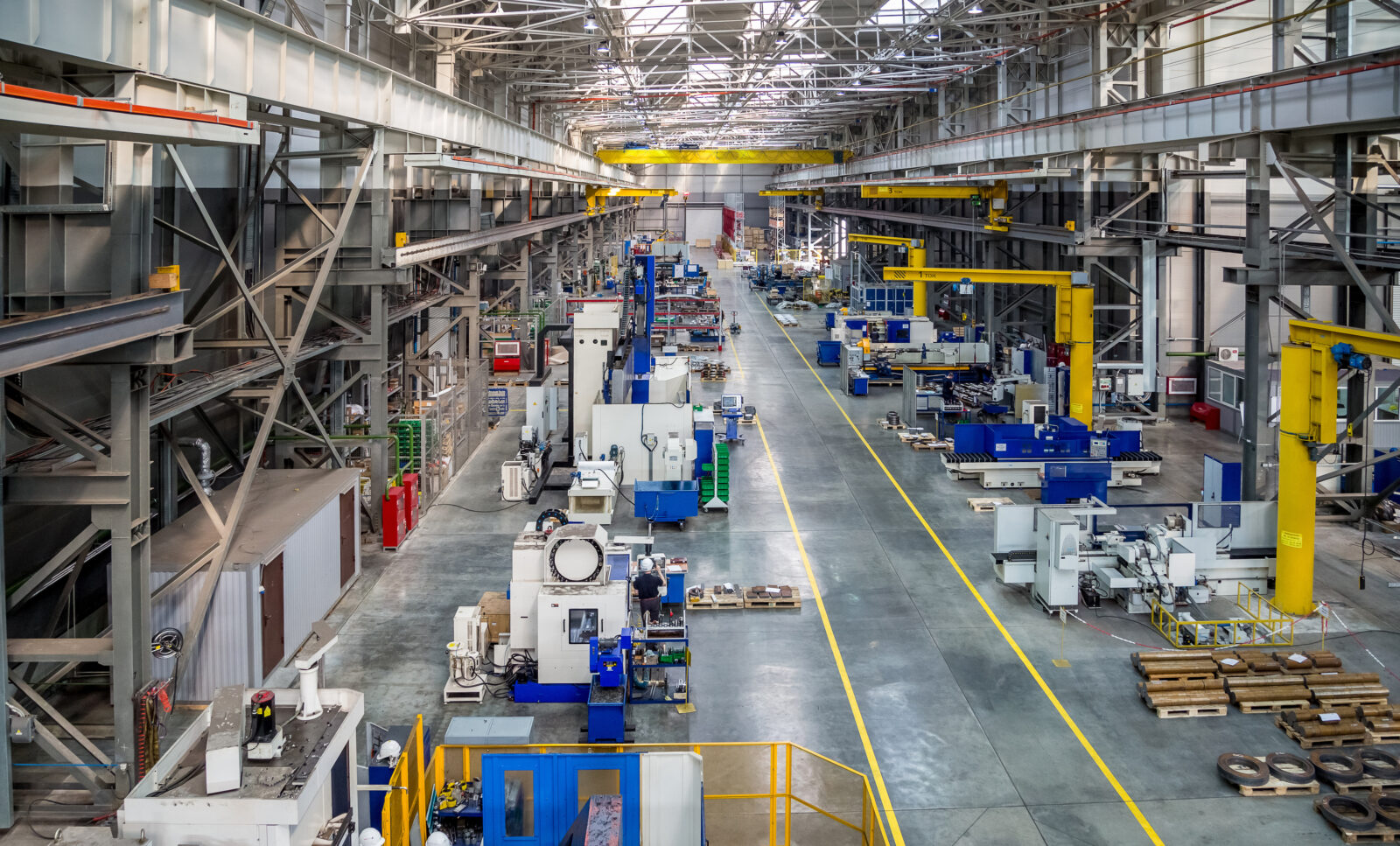Progressive Gloom Ignores a Marvelous Historical Economic Measure
Originally published at The Washington PostProgressivism’s name connotes confidence in mankind’s ability (guided by progressives) to progress. Yet, progressivism often seems pessimistic. This encourages Americans’ low pain threshold and high capacity for complaining, traits unbecoming in a populace many of whose hardy predecessors walked to Oregon.
Progressives’ obsessing about race is not only undiminished by decades of improvements in race relations (e.g., approval of interracial marriages was 4 percent in 1958 and 94 percent in 2021), it is inversely related to improvements. There are vocal interests with large political and lucrative financial stakes (e.g., the “diversity” consultants industry) in the myth of nonprogress. Similarly, portions of the government have an interest in insisting on its failure, despite trillions spent, to substantially improve economic equality: Hence the government’s practice of not counting transfer payments and tax rebates (the earned income tax credit) as income for those of modest means. Counting those augmentations of income would reveal that the 2021 poverty rate was not 11.6 percent, but 2 to 3 percent.
Inaccurate assessments of present conditions relative to the past fuel grievance politics and forebodings about the future. A corrective for these is the concept of time-price. Consider this from Yale University economist William D. Nordhaus, a Nobel laureate, writing in the 1990s:
“One modern hundred-watt incandescent bulb burning for three hours each night would produce 1.5 million lumen-hours of light per year. At the beginning of the last century, obtaining this amount of light would have required burning seventeen thousand candles, and the average worker would have had to toil almost one thousand hours to earn the dollars to buy the candles. In the modern era, with a compact fluorescent bulb, the 1.5 million lumen-hours would need twenty-two kilowatt-hours, which can be bought for about 10 minutes’ work by the average worker.”
In “Life After Capitalism,” George Gilder, citing Marian L. Tupy and Gale L. Pooley in the Cato Institute’s volume “Superabundance,” writes that “between 1980 and 2022, workers have been able to buy some 300 percent more goods and services with their hours and minutes.” The secret sauce is applied knowledge. Economist Thomas Sowell is right: “The cavemen had the same natural resources at their disposal as we have today.” They lacked only know-how. As did the nail-maker before the Industrial Revolution, making one nail a minute. Today’s nail maker can produce 3,500 per minute.
“We buy things with money,” Tupy and Pooley write, “but we pay for them with time.” And “time prices can be calculated on any product with any currency at any time and any place. This means you can compare the time price of bread in France in 1850 to the time price of oranges in New York in 2021.”
In 1902, a Sears Roebuck 53-cent hammer cost almost four hours of blue-collar work. Today, Home Depot’s basic hammer ($6.50) costs about 12 minutes of that work. Walmart’s $98 bicycle costs nominally 720 percent more than Sears’s $11.95 bicycle in 1910, but blue-collar hourly compensation has increased 18,450 percent. So, the time-price of a basic bike has fallen 95.6 percent.
At the mid-20th-century dawn of the shipping container era, the first ship carried 58 containers. Today’s largest ships can carry almost 24,000, which end to end would extend more than 90 miles. In 1956, hand-loading cargo at U.S. ports cost $5.86 per ton; 50 years later, 16 cents. By such efficiencies, time — the precious and intractable scarcity in an era of multiplying abundances — is restored to us to use to demonstrate the fecundity of freedom.
In “Superabundance,” Tupy and Pooley say that although the Homo sapiens species is 300,000 years old, there has been economic growth for only about 0.08 percent of that time. Global income per person per day (measured in 2011 U.S. dollars) was about $2 when Caesar Augustus reigned, and had grown to only $2.80 when Thomas Jefferson was president.
Economic growth has not just coincided with, it has been caused by, population growth — more brains, more trade in knowledge. There are, however, those who consider people a plague, and who favor ever-larger regulatory government to prevent ruinous human ingenuity and planet-threatening dynamism. Such people resent the time-price metric of economic (and hence social) progress because it measures the results of millions of unplanned and uncoordinated decisions, cooperations, inventions and refinements.
The metric frustrates those who believe, and who benefit from, pessimistic predictions that the supposedly retrograde present is a harbinger of a stagnant future of scarcities — unless government plans a better future. The time-price metric blows to smithereens the idea that progressivism is conducive to progress.
